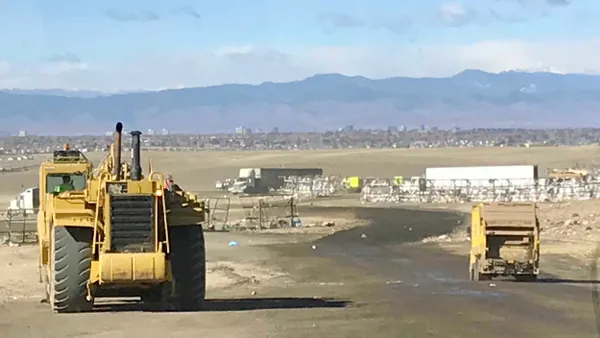Dive Brief:
- As polyurethane production continues to rise, scientists have discovered a fungus that could potentially reduce plastic waste in landfills.
- Some researchers conclude that the fungus, Pestalotiopsis microspora, could become an important advancement in the circular model of manufacturing.
- Researchers from Yale discovered the fungus in the Amazon, and returned with a sample for testing. In the lab, the enzymes from the fungus were isolated to kick start its ability to break down plastics.
Dive Insight:
One hurdle to the research is that the fungus could mutate in the landfill and degrade other materials in addition to the polyurethane in the event that a horizontal gene transfer occurs, according to Newsweek. This would pose a problem if the fungus invades the genes of other species and produces the digesting chemical within another organism.
Fungi have been studied as a waste reduction agent before; for instance, scientists discovered two strains of bacteria that live in waxworm guts and effectively degrade polyethylene earlier this month. But this fungus is different in that it is known to eat only polyurethane. It is cited in a medical journal as the first microbe discovered to survive solely on plastic. Another notable aspect of this particular fungus is that it can thrive in anaerobic environments, which could portend great potential for its success in landfills.









